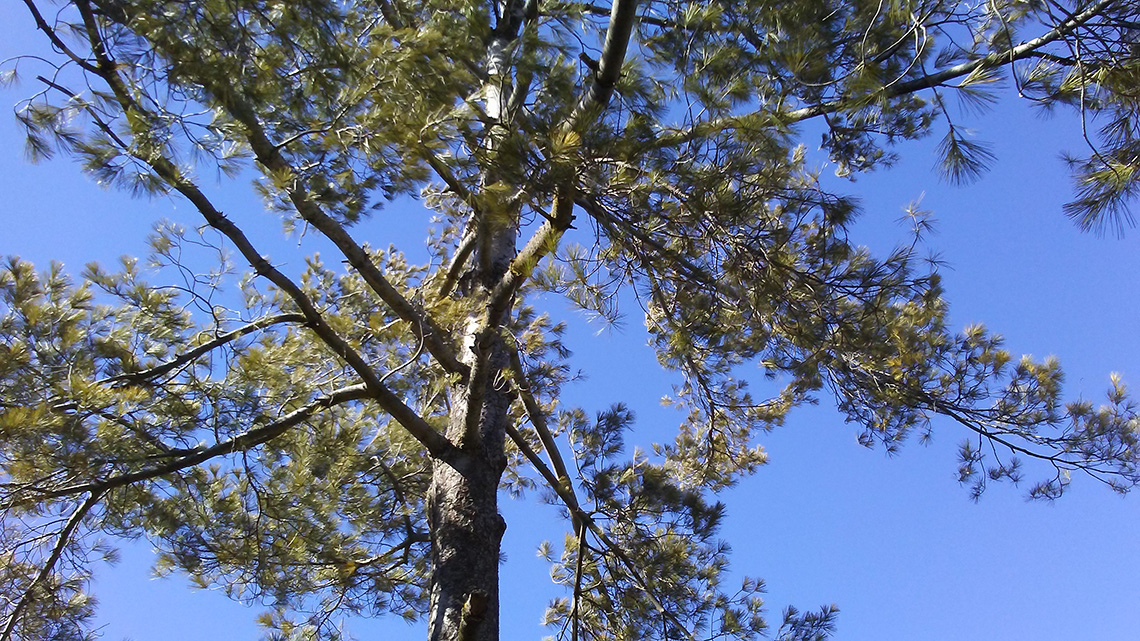Eastern White Pine
 Botanical Name: Pinus Strobus
Botanical Name: Pinus Strobus Family: Pinaceae Native to: Eastern North America
Hardy to zone: 3
Eco benefits: valuable wood
Natural habitat: prairies, barren or disturbed ground, waters edge, inner forests
Shapes: conical, irregular
Height: 80-150ft
width: 40ft
Growth rate: fast
Lifespan: 150-200 years
Tolerances: heavy pruning
Common uses: reforestation, cityscape
Diseases: white pine blister rust
Light: full sun, partial shade
Transplanting: easy
Soil: moist and fertile, well drained, tolerates heavy clay, drought tolerant
Reproduction type: monoacious
A soft-needled tree known for it's height and graceful horizontal branches. Its shape is compact and pyramidal when young, changing to a loose and open habit when older. Eastern White Pine are the tallest trees in Ontario and Eastern North America. They are abundant in the wild and are often used in the landscape. Provided proper drainage, the tree can grow in a variety of soils, but is salt sensitive.

Needles & Branches
Long, flexible needles consisting of 5 needles per fascicle. It is the only 5 needled pine in eastern Canada. Weak branches break off easily, contributing to its top-branch dominance on older trees.

Cones
Long, cylinder cones with splotches of white resin when mature. They also make good fire starters.
Wood
The wood is light weight and easy to work with. It also provides good structure and doesn't shrink and swell. Useful for carpenters as well as building homes and outdoor structures. Algonquin park was almost all white pine at one point before early settlers harvested the wood for their ships.

Disease
White Pine Blister Rust (fungus) affects Eastern White Pine trees mainly in the forest. The Blister Rust needs plants of the genus 'Ribes' (Currents, Gooseberries) nearby to complete its lifecycle.
Popular Cultivars
- 'Pendula' - weeping
- 'Niagara Falls' - sprawling
- "Vanderwolf's Green Globe" - globe-shaped